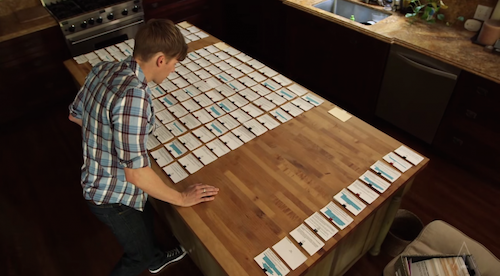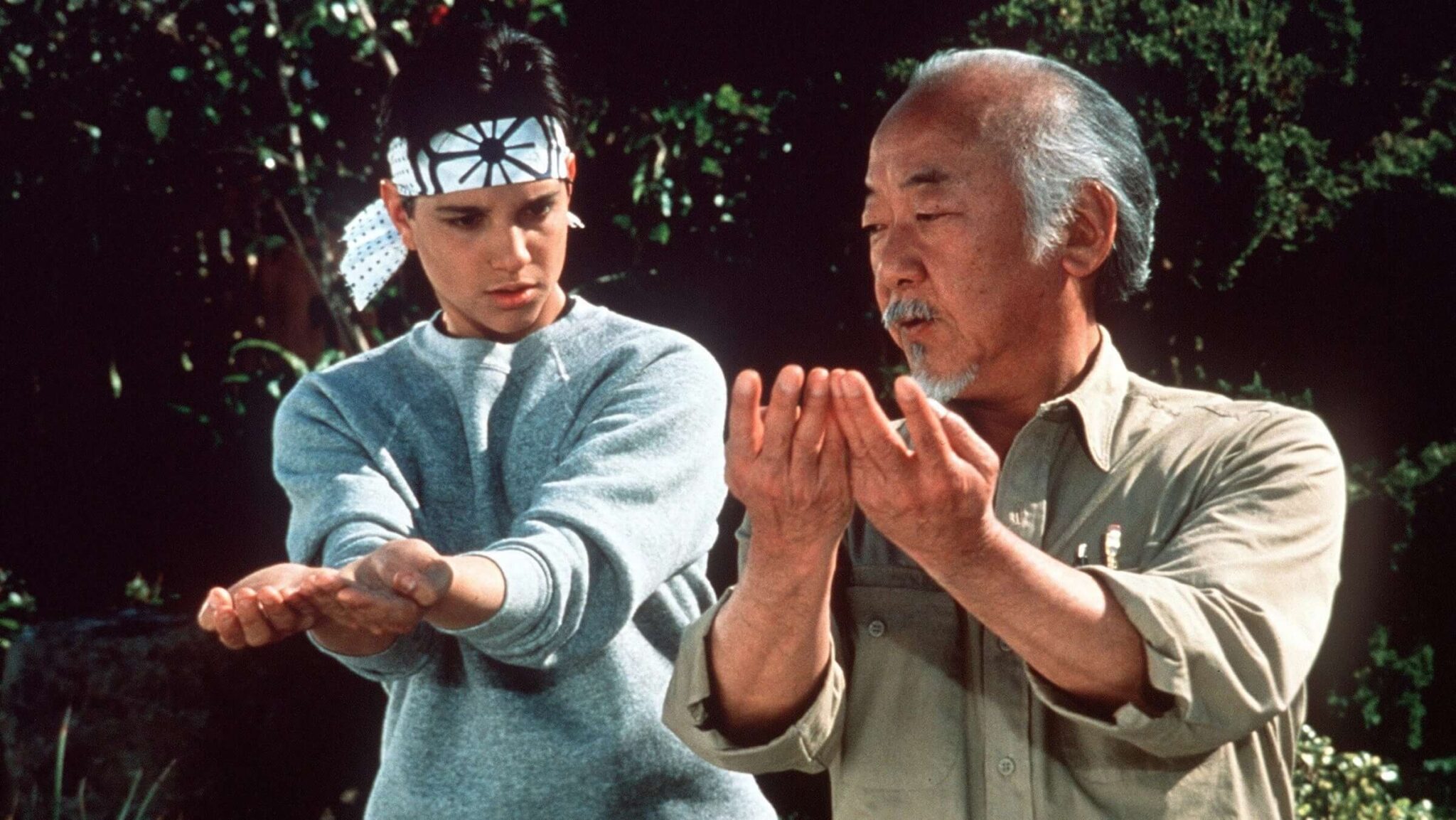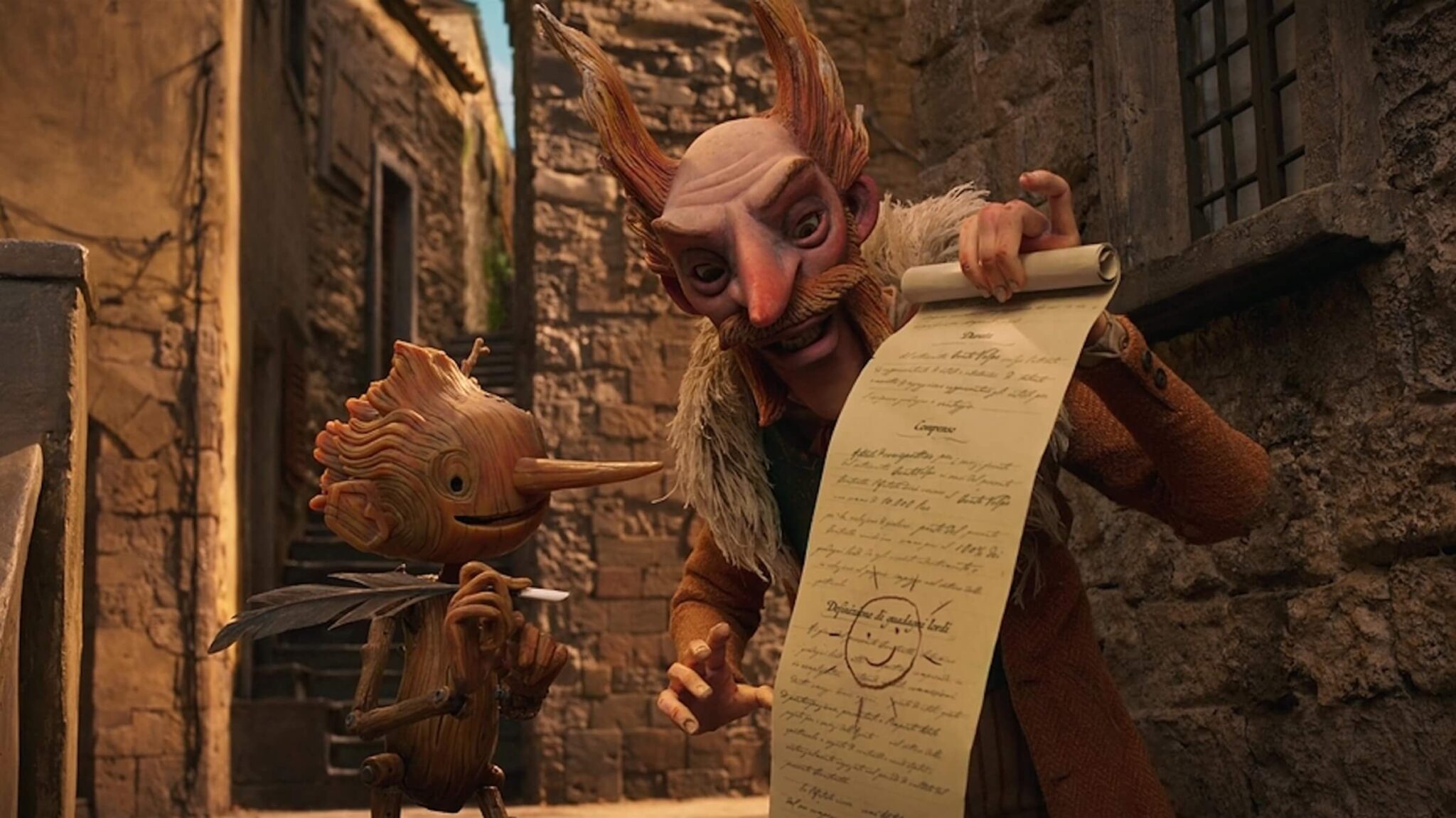Hollywood Screenwriter John August's 10 Best Index Card Practices

How does John August (screenwriter of Go, Big Fish, Charlie’s Angels, Titan A.E., Charlie and Chocolate Factory, and Corpse Bride) utilize his practice of using index cards to develop his screenplays?
Many professional screenwriters use index cards to outline their screenplays and organize the scenes within their scripts.
Each index card represents a scene or sequence. The cards are laid out on a table or pinned to a board, offering the screenwriter the ability to move any scene or sequence around in whatever way their analytical mind would like to maneuver.
The purpose is to work as an editor, trying to find the best flow of scenes and sequences for pacing purposes and story structure building.
Learn the best way to structure your screenplay with this free guide.
It's not something that August uses with every screenplay he writes, but he holds the practice up high as a potential process that may be helpful to some writers.
On his blog post 10 Hints for Index Cards, August offers his best practices for this now age-old process. We feature these ten directives and offer our own elaboration on each point.
1. Keep it short. Maximum seven words per card.
Each index card represents the core element of each scene or sequence that it represents.
Charlie meets Oompa Loompas for first time.
The point to the index card process is not to offer detailed outlines of every moment within the screenplay. Instead, it represents the labeling of each moment, indexing the figure pieces of the screenplay as a whole.
The final product of this particular scene in Charlie and the Chocolate Factory is obviously more involved than those seven words. But for August, he already knows what the index card represents. He's just offering a visual reference that he can use to piece together the structure of his cinematic story.
2. A card represents a story point, be it a scene or a sequence. You don’t need a card for every little thing.
This is often a common mistake for those that attempt this index card process for the first time.
The index cards don't feature every single visual or moment from the script. That's not the point. You're using these index cards as a visual representation of a broad stroke scene or sequence. Details aren't necessary.
3. Keep cards general enough that they can be rearranged. (“Battle in swamp” rather than “Final showdown”)
If you label your initial final showdown as such, you're not going to be able to move that index card anywhere as labeled.
This process is supposed to offer you the freedom of moving the pieces of your screenplay's narrative puzzle. If you list a card as the opening hook, the midway turning point, or the final showdown, you're doing nothing more than limiting that moment to a specific location within your script.
4. Horizontal (a table or counter) often works better than a vertical (a corkboard).

It's easier to rearrange index cards on a table or counter. You don't have to worry about pinning and unpinning something to a corkboard, which can become tedious.
When the cards are on a flat service, you can move the pieces of your narrative puzzle with much more speed and purpose.
5. Post-It Notes make good alternative index cards.
Pinning something to a corkboard can be laborious as your hands and fingers try to keep up with your mind.
Laying index cards on a table or countertop forces the risk of an unwanted breeze, a curious pet, or a simple slip of your hand that can put your orderly craft into disarray.
Post-It Notes have a sticky portion of the back that you can use on a board or on a table or flat surface, allowing you the freedom to rearrange your moments with ease while offering the security of a sticky mount.
6. Consider a letter code for which characters are featured in the sequence. Helpful for figuring out who’s missing.
WW could be used for Willy Wonka.
CH could be used for Charlie.
Once again, index cards are all about labeling things with ease.
7. Most movies can be summarized in less than 50 cards.
It's a common thought that most movies can be told within 40-60 scenes. This is a generalization but can hold true to many films.
But since you're not using the index cards to feature every little detail, shot, or action, 50 cards is often enough to showcase the main scenes and sequences necessary to tell a cinematic story.
8. Cards are cheap. Don’t hesitate to rework them.
A pack of one hundred white index cards sells for an average of just fifty cents. That's enough for two screenplays, generally speaking. Colored index cards (see below) aren't that much more expensive.
The tree is already cut — don't be afraid to recycle an index card in favor of taking another one from the deck and rewriting a scene or sequence.
9. Consider a second color for action sequences. Helps show the pacing.

Pacing is a vital part of the screenwriting process, and index cards serve as an amazing tool to showcase the pacing of your script.
Every action sequence enhances the pacing. When you feature an action sequence within an index card, you're calling attention to a part of the script that is elevated. If you have too few within your action script, you'll see the problem quickly. If you have too many action sequences, they'll stick out like a sore thumb.
It's all about balance — and using color cards for certain elements is key to maintaining a visual sense of the balance between action and dramatic scenes and sequences.
10. Write big. You want to be able to read them from a distance.
The index card process is all about seeing the big picture. You want to be able to step back and observe the structure of your screenplay as represented by each index card heading.
If you step back and can't read them, you're not going to be able to envision the layout of your cinematic tale. So write big enough that you can read them from a few steps back. Use black sharpies for the words to stand out even more.
The index card process has been around for decades. But that doesn't mean it's the be all end all way to outline and structure your screenplay.
Some people outline. Others opt to instead use bullet point documents that are easier to edit.
But if index cards seem like a worthwhile visual aide for your screenwriting process, these ten best practices can help you to take full advantage of this tried-and-true process.
Ken Miyamoto has worked in the film industry for nearly two decades, most notably as a studio liaison for Sony Studios and then as a script reader and story analyst for Sony Pictures.
He has many studio meetings under his belt as a produced screenwriter, meeting with the likes of Sony, Dreamworks, Universal, Disney, Warner Brothers, as well as many production and management companies. He has had a previous development deal with Lionsgate, as well as multiple writing assignments, including the produced miniseries Blackout, starring Anne Heche, Sean Patrick Flanery, Billy Zane, James Brolin, Haylie Duff, Brian Bloom, Eric La Salle, and Bruce Boxleitner. Follow Ken on Twitter @KenMovies
For all the latest ScreenCraft news and updates, follow us on Twitter, Facebook, and Instagram.
Tags
Get Our Screenwriting Newsletter!
Get weekly writing inspiration delivered to your inbox - including industry news, popular articles, and more!























